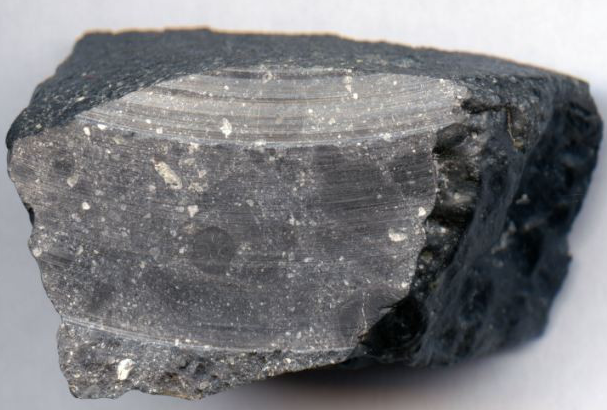SYDNEY, Oct. 8 (Xinhua) -- The basaltic volcanic rocks, collected as part of China's Chang'e-5 probe from the Moon, were about 2 billion years old, marking the youngest volcanic rocks identified on the Moon so far, according to an international research published in the journal Science on Friday.
Professor Alexander Nemchin from Space Science and Technology Center of Australia's Curtin University, lead author of the research, said researchers determined the age of the lunar rock samples during remote sessions with the Beijing laboratory using large mass spectrometers that have helped revolutionize geology, similar to Curtin's Sensitive High Resolution Ion Micro Probe Facility (SHRIMP).
The rock samples were collected during the Chang'e-5 lunar mission in December 2020, which marked the first time any nation had collected rocks from the Moon since 1976.
Nemchin said after analyzing the chemistry of the rocks, they found the samples were 1 billion years younger than those rocks previously collected on the Moon.
Co-author Professor Gretchen Benedix, also from Curtin's Space Science and Technology Center, said the new results would provide researchers with more calibration points for cratering chronology, enabling them to derive more accurate and higher resolution ages across many planetary surfaces.
"These results confirm what experts had long predicted based on remotely obtained images of the Moon and raise further questions as to why these young basalts exist," Benedix said.
The task will now turn to finding a mechanism that will explain how this relatively recent heating of the Moon may have supported the formation of basaltic magmas with temperatures exceeding 1,000 degrees Celsius, and ultimately help researchers improve age dating of the entire Solar System. Enditem




 A single purchase
A single purchase









